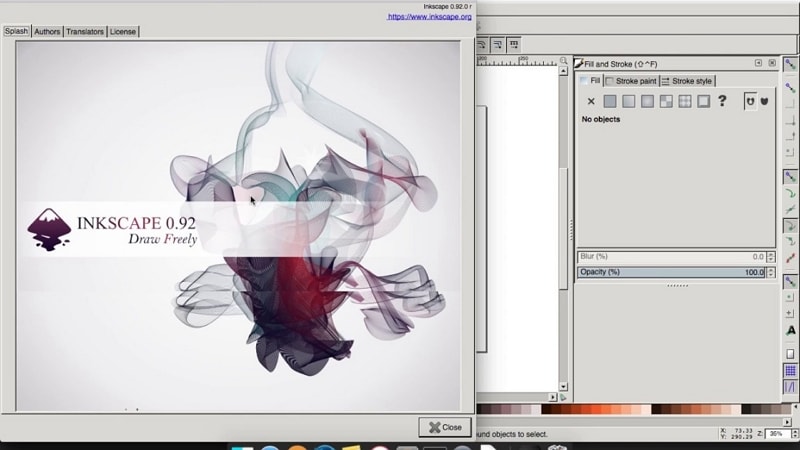

Launched in 2016, it revolutionized the world of design by introducing its web-based digital design software that allows for real-time collaboration between users.įigma fixed the broken design workflow (remember uploading Sketch files to Dropbox?) and transformed the day-to-day work of digital designers and developers from head to toe. Figma Image Source: Figmaįigma is a much-loved and admired UI and UX tool that is considered a major competitor (and alternative) to Sketch.

If you click an affiliate link and subsequently make a purchase, we will earn a small commission at no additional cost to you (you pay nothing extra).Īmong these, you should be able to find at least one that suits your style and your needs. Important disclosure: we're proud affiliates of some tools mentioned in this guide. Let’s take a look at 14 of the best Sketch alternatives on the market today. Best Sketch Alternatives 📝įortunately, there are many alternatives to Sketch, some of which can be used on various platforms, devices, and systems. Who Should Use Sketch?ĭigital designers looking for advanced integrations such as screen mirroring, bitmap editing, symbols, and import from sketches. Sketch has a standard plan, which costs $9 per editor per month.

Limited animation and prototyping functionalities.No fully-functional web version (you can browse project and inspect designs, but not create anything from scratch).Limited control over vector editing, handles, curves, and points.Only available on the MacOS operating system (a big drawback!).Ability to export in multiple formats and sizes.Easily created design systems thanks to symbols.Sketch supports tons of plugins – over 1,000.Built for UI / digital design (vs graphic design).It can be used for a wide range of applications – from designing websites to creating mobile apps, to the regular graphic design work like creating icons and crafting banners. Sketch allows designers to use its system of pages and "symbols" to create custom digital designs and prototypes. With Adobe Fireworks gone, all the UI & UX designers started to switch to Sketch en-masse. This coincided (nicely for Sketch) with Adobe discontinuing Adobe Fireworks, the leading UI design software at that time. Sketch was first released on in September 2010, and later won an Apple Design Award in 2012. Sketch is a well-known and increasingly popular vector graphic design software that makes that process more manageable, with various helpful UI design and prototyping tools. But like Bob Dylan said: "The times they are a-changin." Since ± 2016, Sketch has been losing its market dominance, mainly due to newer and more progressive digital design tools appearing on the landscape.Īre you looking for a worthy Sketch alternative? 🤔 If so, you've landed on the right page. Flowed text now works when rendered in a web browser, which in previous Inkscape versions "was not compatible with browsers, and rendered as 'black boxes' or was just missing", the docs stated.There are countless tools out there that UI & UX designers can use to streamline the website and app creation process.įor more than ten years, Sketch has been one of the most popular of them. A powerful feature called variable font support lets you manipulate font properties with sliding scales, according to what is supported by that specific font. Other highlights include new palettes and gradients, alignment tools, simplified line height settings, and templates for different screen sizes. Some new features are aimed at those making technical drawings, including grid alignment, path length indicators, a tool to measure segments, and a Fillet/Chamfer tool for precise corner rounding. Pen support is improved with pressure-sensitive effects.
In freestyle drawings you can mirror and rotate the canvas. There are many new or improved Live Path Effects, which apply transformations to existing drawing objects, and the user interface for this is updated, with a search option and the ability to mark specific effects as favourites. There are numerous new features, including a Trace Bitmap dialog that lets you convert bitmap images into vector drawings. The announcement noted: "This latest version is labelled as 'preview', which means that additional improvements are scheduled for the next versions." Bitmaps, transformations, palettes and font-work This is no longer required and Inkscape 1.0 is now a native macOS application – though it is not all good news. Previous releases for macOS required a compatibility component called XQuartz, which enables applications designed for the X windowing system to run on macOS Quartz, part of Apple's Core Graphics framework.
#Better than inkscape for mac for mac
Inkscape 1.0 is most significant for Mac users.


 0 kommentar(er)
0 kommentar(er)
